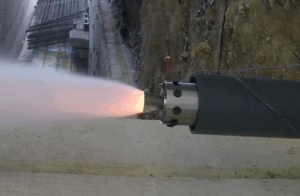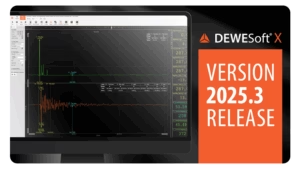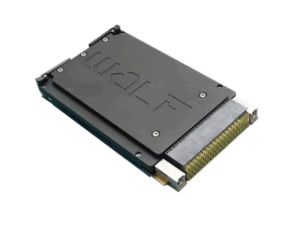Automotive Vehicle Testing DAQ System for Real-World Hybrid Vehicle Validation
As modern vehicles combine high-performance drivetrains with electrification and advanced control systems, engineers face increasing complexity during validation. Lab simulations alone are no longer sufficient. To fully understand how these systems behave together, engineers require a robust automotive vehicle testing DAQ …









